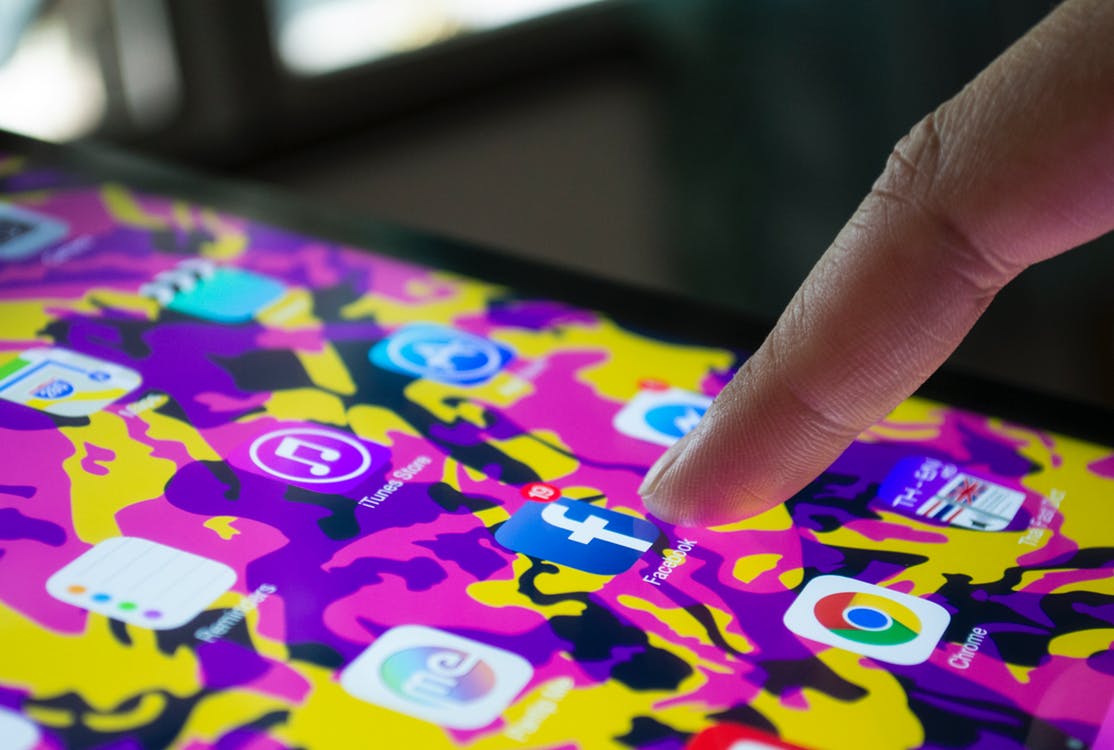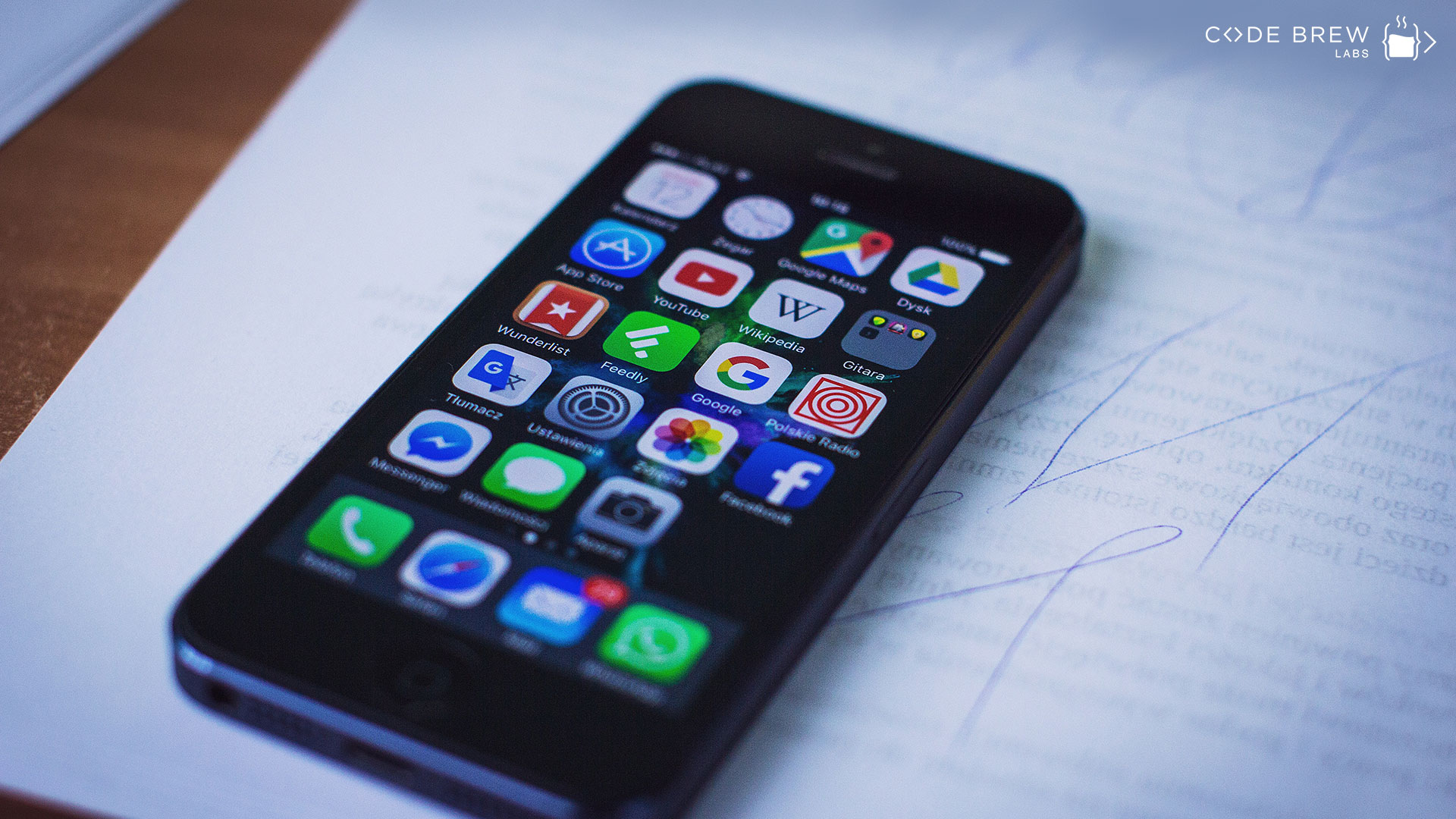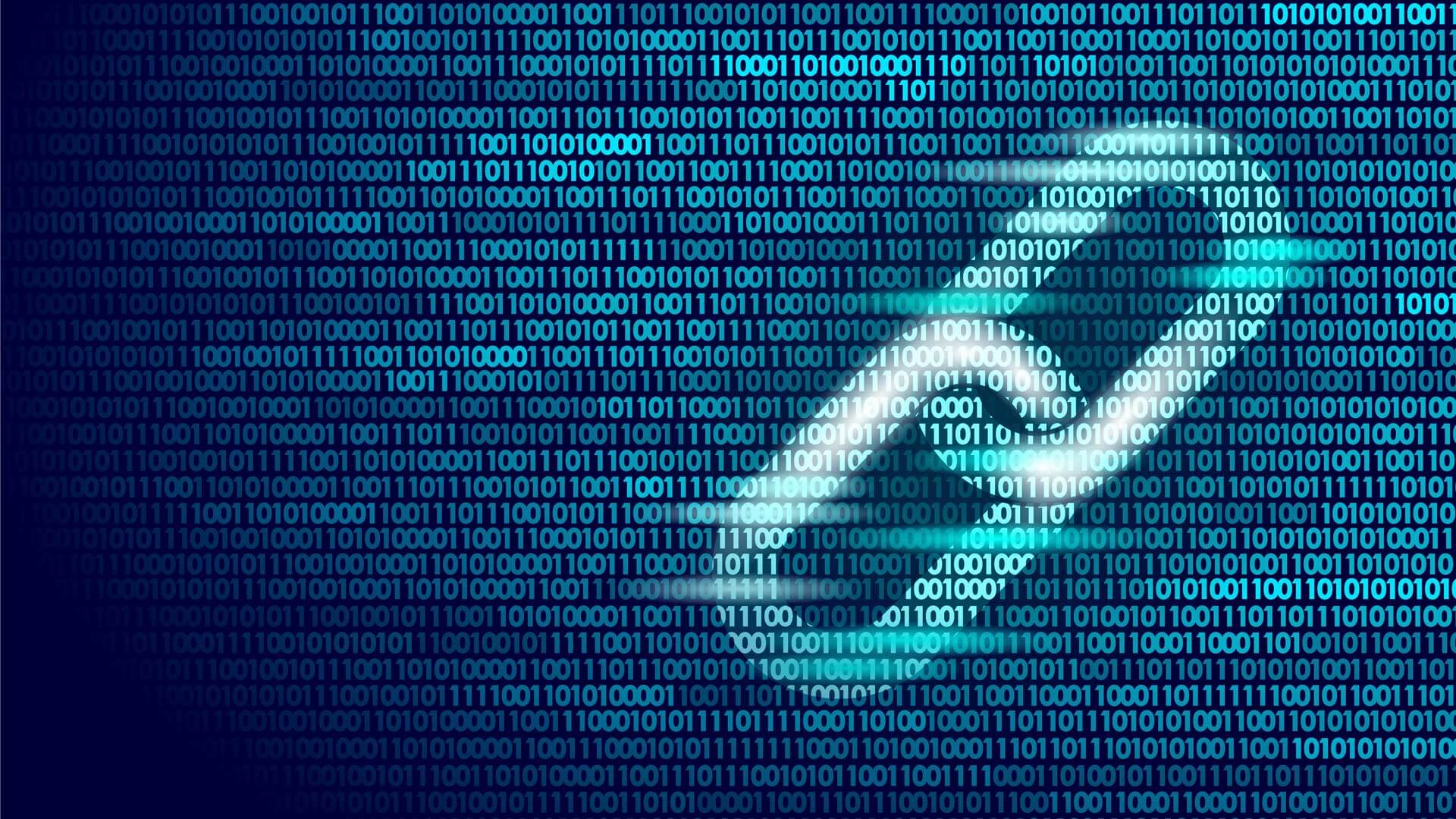![]()
For the ones who have visited a crowded market in Southeast Asia, the concept of human beacons would be familiar. Often, there is a representative from a certain retail store or restaurant, yelling at the top of his voice or handing out leaflets. This is another way of direct marketing. On a given day, in any crowded market, countless people pass before this representative, and yet, only a few choose to take his advice seriously and try the restaurant. Thus, the voice of this representative triggers a reaction in the minds of these selected few, who eventually pay a visit to the retail store or restaurant.
The concept of beacons, that are now being put to use across countless domains is not so different. Usually measuring 3cm x 5cm x 2cm, a beacon is a small device that sends out radio signals that contain some data. These signals are then received by Smartphones and Tablets. Alongside, the signal strength and time of each signal is configured as per the range available. These signals, when received by the apps on your Smartphone, trigger a reaction. For the skeptical ones, it is important to note that beacons can only broadcast signals to your phone, and not read the data on your phone. Most beacons transfer the same data for a long period of time. The usage of this data is dependent upon the device to which it is being transmitted. As of now, we have only scratched the surface of the beacons. The future is going to be much more unleashing.
How do Beacons work?
![]()
Before we dig deeper into beacons, it is important to know how they work. For a major part, beacons rely on Bluetooth Low Energy (BLE) which is another version of the commonly used Bluetooth protocol. This is configured to use minimum power while sending a small amount of data. The speed is less than half of what is experienced using a Bluetooth. Beacons are known to use batteries that last for 2-3 years, and therefore, there is a need to balance the application use in order to have the beacon work for the entire duration. The range of an average is anywhere between 40m-70m, given there are no obstructions. As the technology improves, we are also getting beacons with LED sockets. Usually, beacons are kept hidden or installed on the ceilings or windows.
Beacons work with three specific constraints within the given range of 70m.
1) Far: For instance, you are walking across a store; these beacons are installed in order to trigger a reaction on your device that motivates you to step inside.
2) Near: For instance, you have stepped inside the store, and are now browsing through different segment of commodities available.
3) Immediate: For instance, you have landed in the favorite section of your store, and are now choosing between options, this beacon would trigger a reaction helping you make a choice.
Let’s assume you set a reminder in your device to purchase a 2L Bottle of Coke while visiting the supermarket next time. Therefore, the next time you are in a mall, the beacon would trigger a reaction when you are walking across a supplies store. Once you are within the store, another beacon would lead you to the beverages store, and once that is done, there would be another beacon that would help you with the direct access of a 2L Coke Bottle. While this is just one of the many applications, it is going to change the way consumers shop. Gone are the days of making a long tiring list. All one needs is an app to remember the name of the commodities and that is it, the beacon would do the rest for you.
There is much more to beacon, and we shall be covering it in the next few days, so keep coming back to this space for more.





